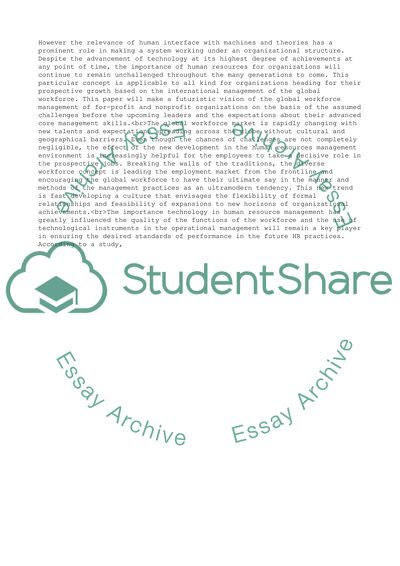Cite this document
(Leading Global Workforce Essay Example | Topics and Well Written Essays - 3000 words, n.d.)
Leading Global Workforce Essay Example | Topics and Well Written Essays - 3000 words. https://studentshare.org/management/1865435-leading-global-workforce
Leading Global Workforce Essay Example | Topics and Well Written Essays - 3000 words. https://studentshare.org/management/1865435-leading-global-workforce
(Leading Global Workforce Essay Example | Topics and Well Written Essays - 3000 Words)
Leading Global Workforce Essay Example | Topics and Well Written Essays - 3000 Words. https://studentshare.org/management/1865435-leading-global-workforce.
Leading Global Workforce Essay Example | Topics and Well Written Essays - 3000 Words. https://studentshare.org/management/1865435-leading-global-workforce.
“Leading Global Workforce Essay Example | Topics and Well Written Essays - 3000 Words”. https://studentshare.org/management/1865435-leading-global-workforce.


